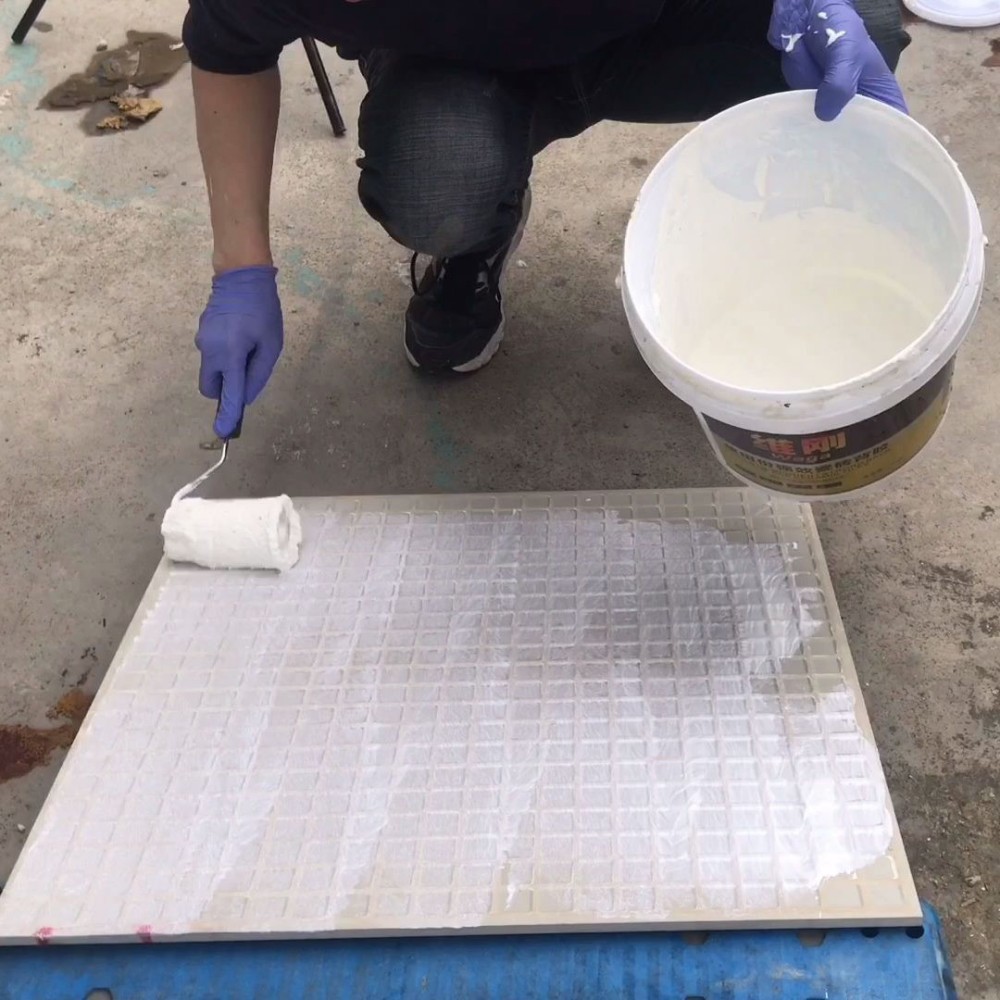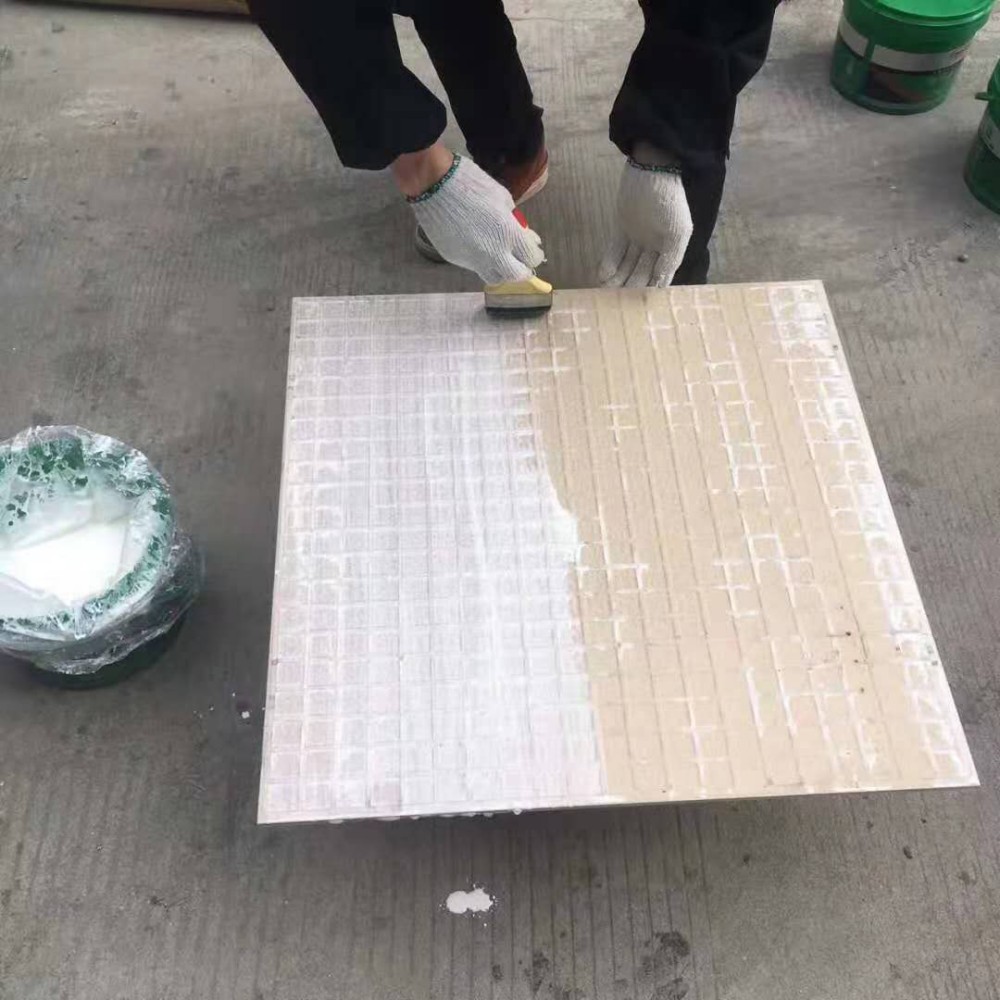

For most property owners, they may only go through one renovation in their lifetime. However, the renovation process is complex and involves many professional links. It is easy to overlook potential risks during tile installation, and tile back adhesive is one of the key building materials that are often ignored. In the past, whether for floor tile laying or wall tile installation, people generally relied on cement mortar as the only bonding material. Nevertheless, in recent years, incidents of indoor and outdoor tile falling off have occurred frequently, even leading to safety accidents, which has gradually attracted attention.
After years of research by industry professionals, it has been found that tile falling off is not only related to the material of the tiles themselves, but also closely related to the bonding materials used for installation. The traditional cement mortar installation method can no longer meet the needs of modern tile installation. Its bonding performance has limitations and cannot stabilize the tiles for a long time. Problems such as tile hollowing and falling off may occur in a short period of time, which is also the main reason for the premature damage of tiles on many building exteriors and indoor walls.
Since the traditional method is not feasible, what kind of materials and methods should be chosen? Many people will think of tile adhesive. Tile adhesive is a one-component or multi-component mixture composed of organic or inorganic cementitious materials, mineral aggregates, and organic admixtures. It should have been a choice to improve the bonding effect. But in fact, tile adhesive is a semi-finished product that needs to be mixed with water at the construction site. However, the water-cement ratio is difficult to control accurately, which leads to large fluctuations in its bonding strength and cannot ensure a stable bonding effect.
More importantly, the cost of using tile adhesive for installation per square meter is relatively high, which many customers cannot afford. In order to reduce costs, some construction parties will privately mix cement into the tile adhesive without permission. This practice seriously damages the original proportion and performance of the tile adhesive, greatly reducing its bonding effect, and ultimately still cannot avoid the problems of tile hollowing and falling off.
In contrast, tile back adhesive can effectively make up for these shortcomings. It can enhance the bonding force between the tiles and the bonding materials. Whether used with cement mortar or tile adhesive, it can greatly improve the stability of the installation and reduce the risk of tile falling off, providing a more reliable guarantee for the safety of building walls and floors. In the tile installation link of renovation, choosing a suitable tile back adhesive and paying attention to its correct use can fundamentally solve the safety hazards after tile installation and ensure better renovation quality.
The above is the knowledge about tile back adhesive shared by Wanhua Energy-Saving Building Materials (Longkou) Co., Ltd. We hope it can help you make more appropriate choices during renovation and avoid subsequent troubles caused by improper material selection. If you want to learn more about building auxiliary materials, you are welcome to pay more attention to the company's website.

